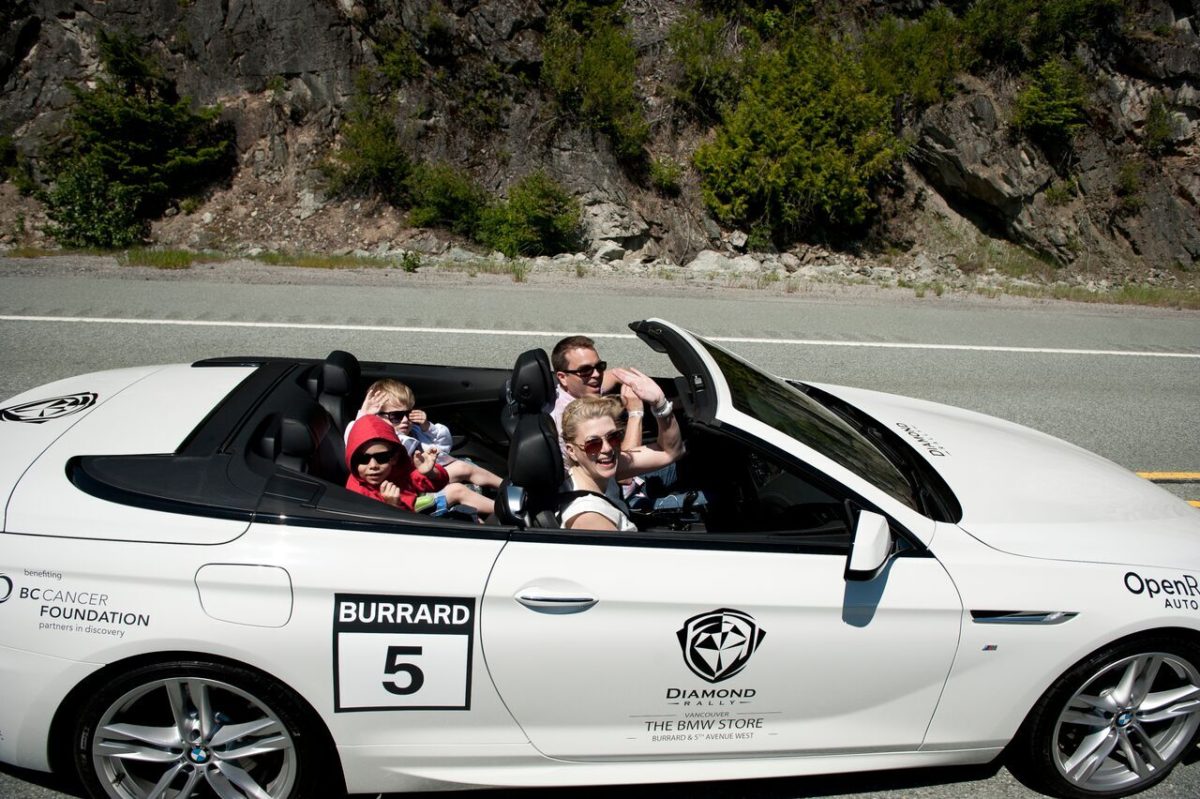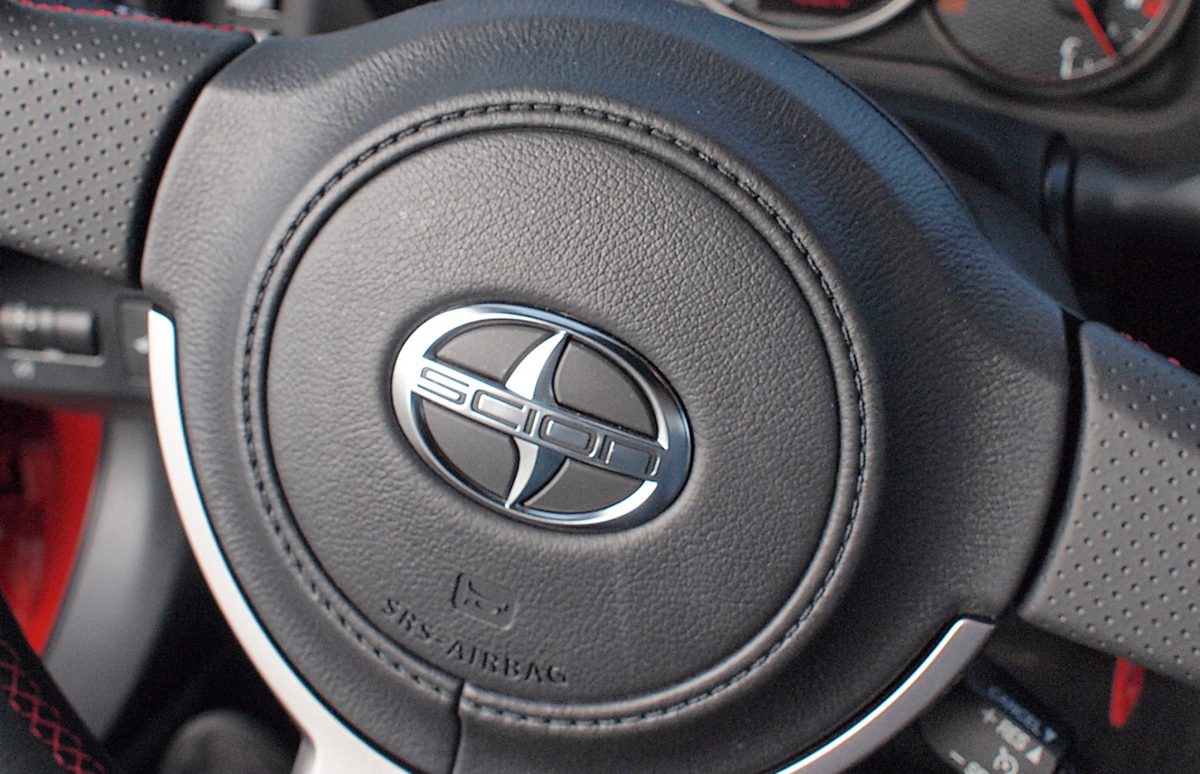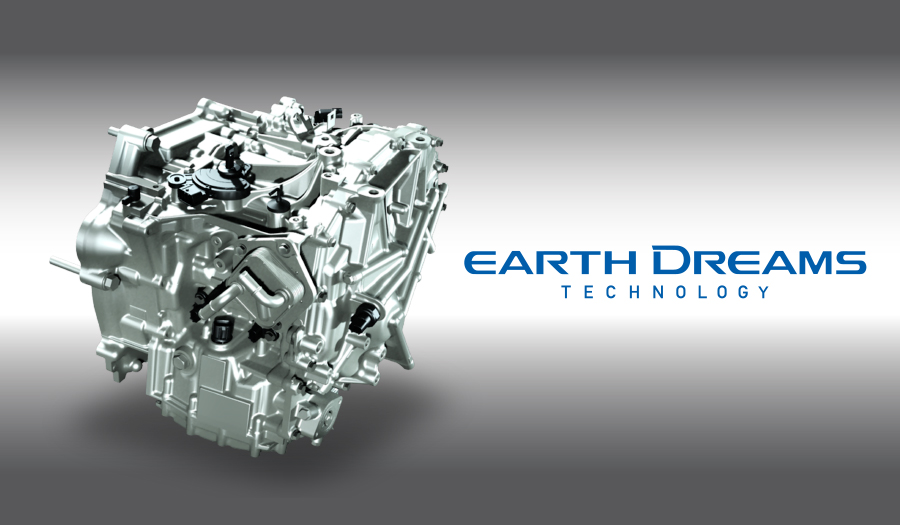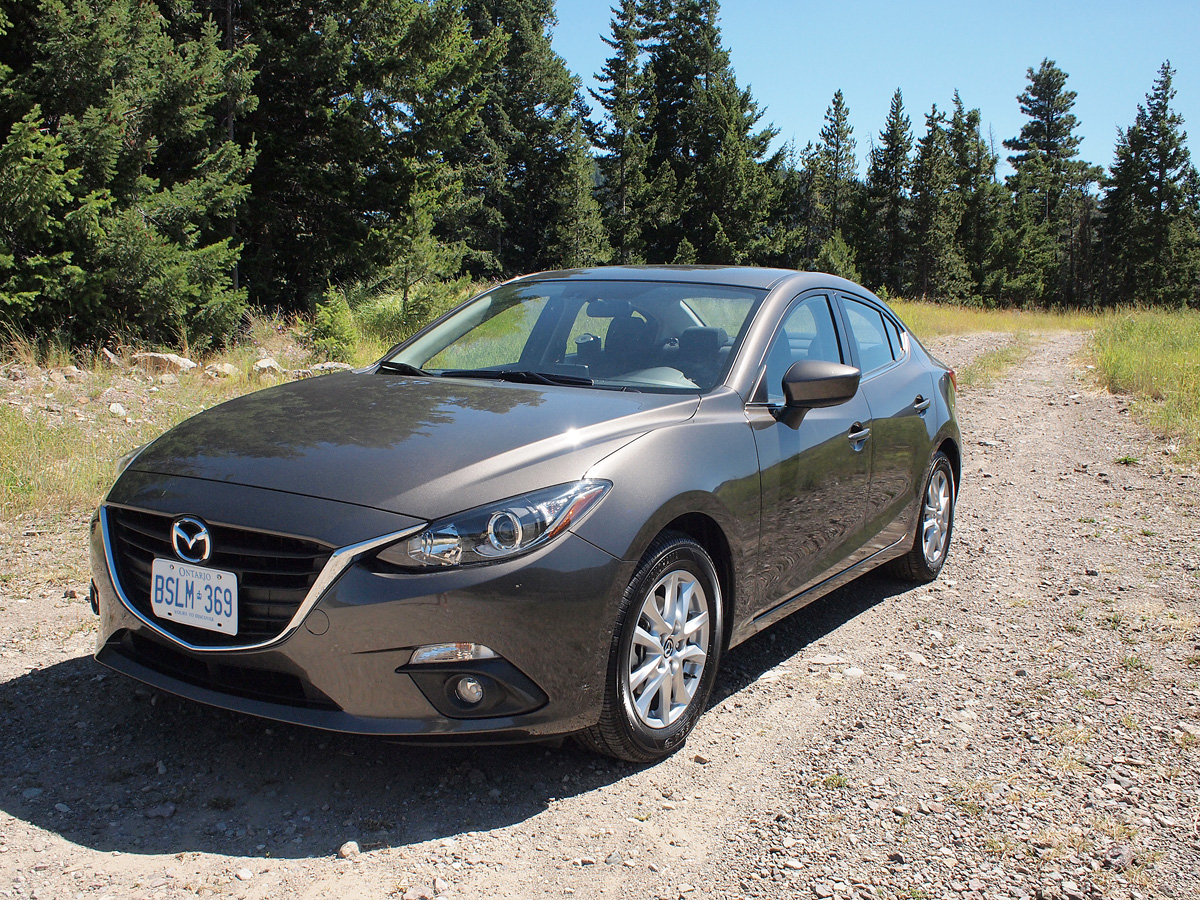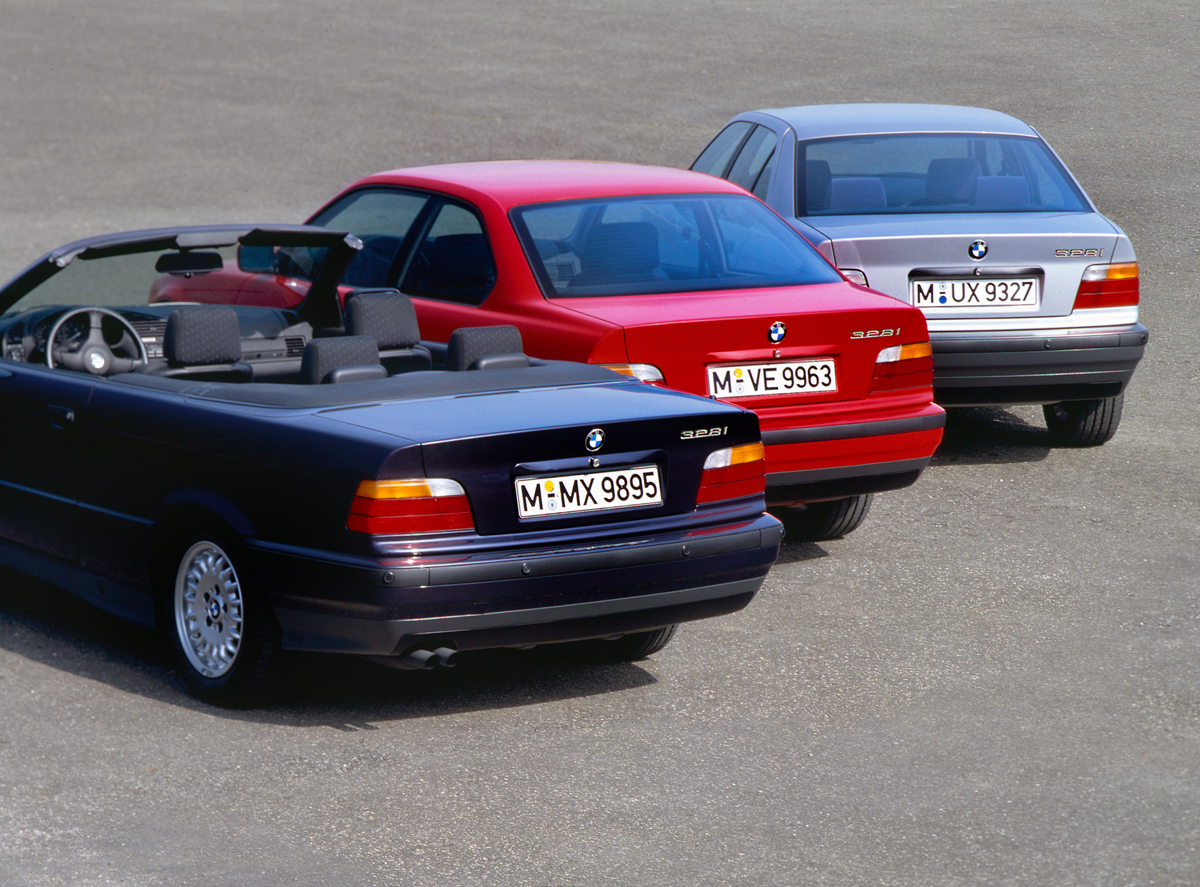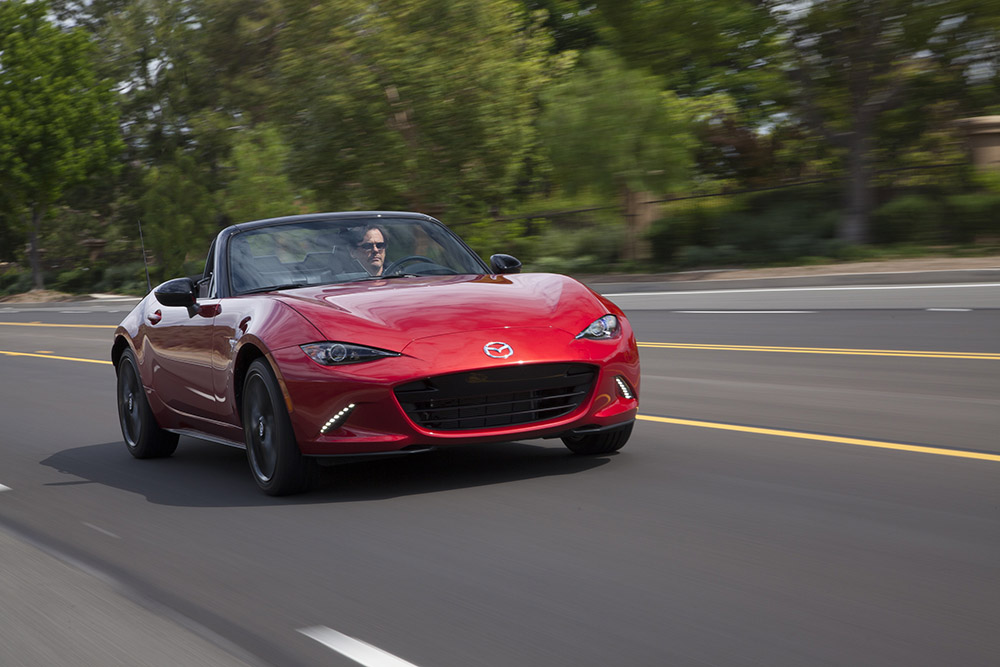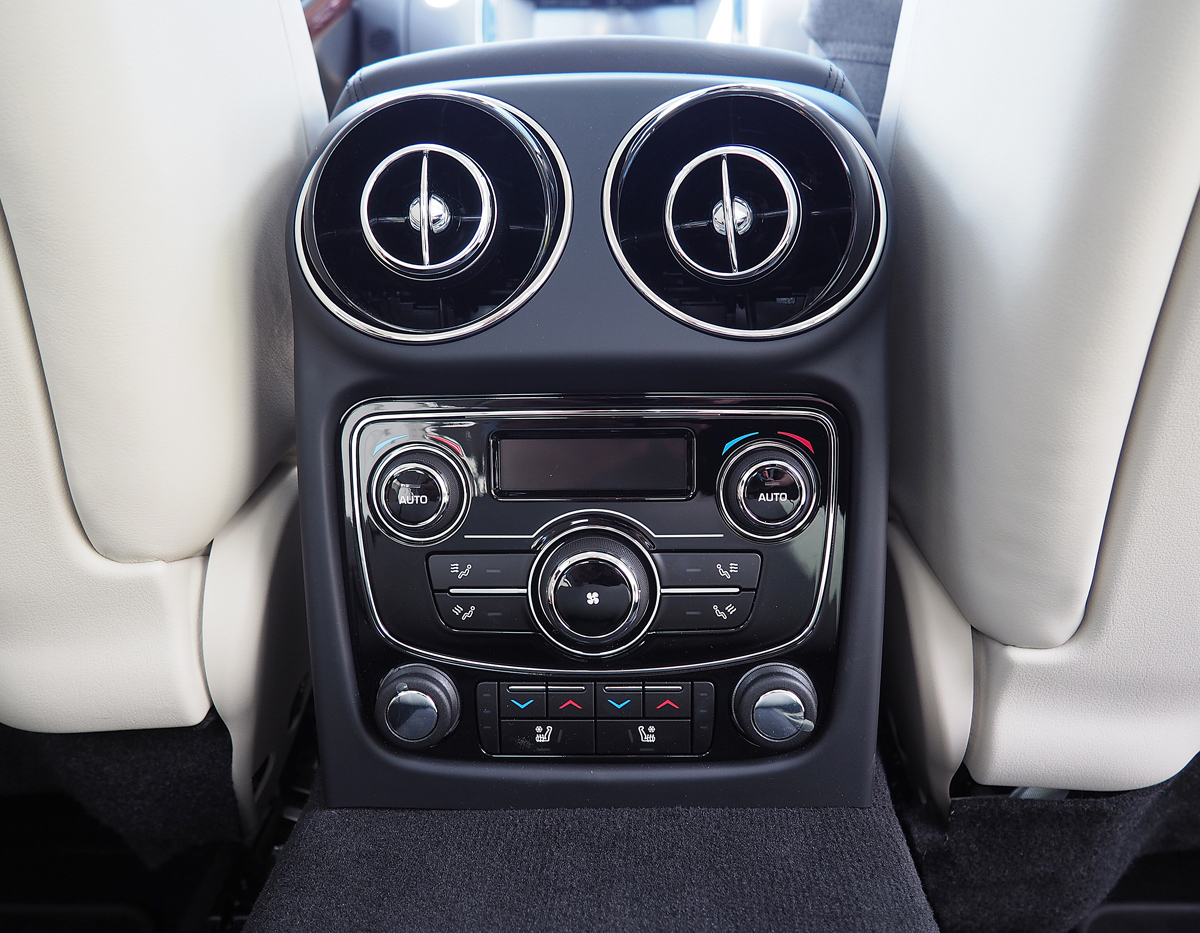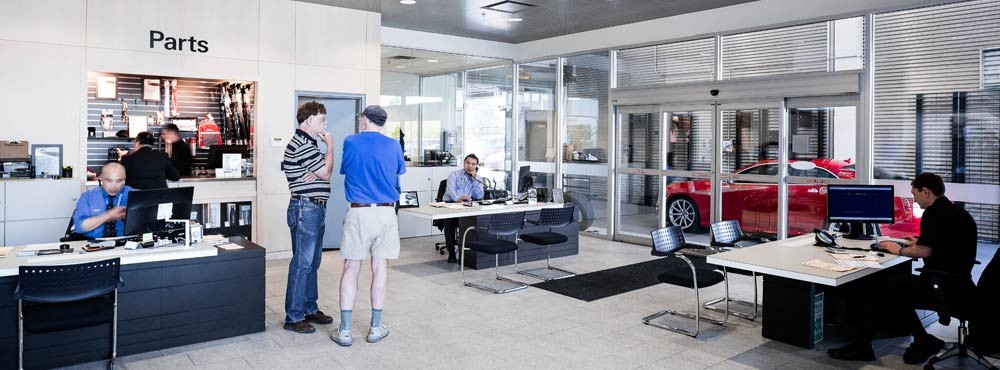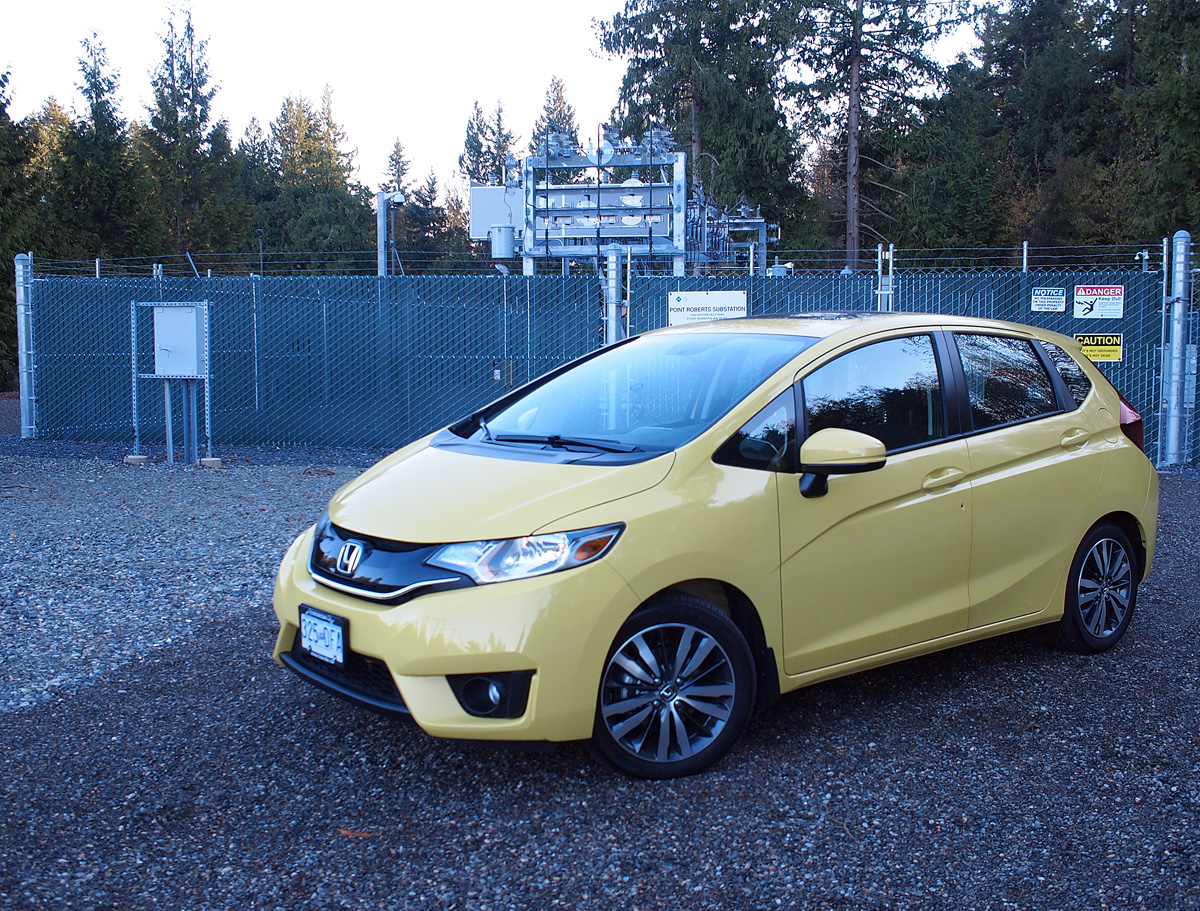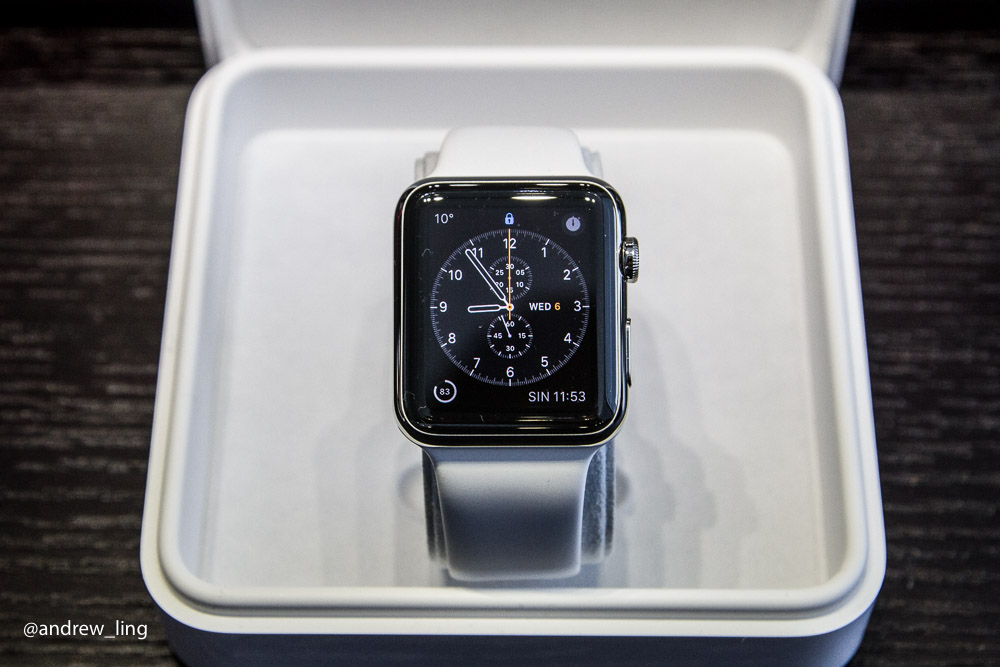Sarah MacKenzie shares her experience at the Diamond Rally
OpenRoad Auto Group was proud to partner with the BC Cancer Foundation for the #DriveforCancer fundraiser at the 2015 Diamond Rally in May. OpenRoad was honoured to invite cancer survivor Sarah MacKenize and her family to join in the rally with a 2015 BMW 650i xDrive Cabriolet from The BMW Store. Below Sarah MacKenzie shares her experience.
Blog Post Written By: Sarah MacKenzie

I have always loved the incredible views of the Sea-to-Sky highway. The way the islands reach out from the ocean to the west, set against the sheer drops of the mainland rock faces to the east is breathtaking and dramatic. The views had always been the highlight for me – but this time is was not where we were going, but how we were getting there.
On May 30, I was lucky enough to drive the Sea-to-Sky in the 2015 Luxury and Supercar Diamond Rally. Outfitted in a gorgeous white BMW 650 convertible from the OpenRoad BMW Store, my husband Patrick and I and our two young boys had the ride of a lifetime driving among some of the world’s most expensive cars. The sun was out, the top was down and we were lovin’ it!

The morning kick-off was a feast for a car lover’s eyes. Ben and James gravitated toward the Superman Ferrari and the purple and orange Lamborghini, before getting distracted by the yummy food that had been set out for us. When it was time to “launch”, we set out on clear roads – roads that had been closed off by the VPD just for the rally cars. I’ll never forget the sound of the engines roaring, of hitting Highway 1 with nothing but eager drivers ready for the thrill, and the wind whipping around us. Not to mention the sound of my boys screaming with delight from the back seat, their hands straight up in the air like they were on a roller coaster!

Once were on the 99, the fun really got underway, especially for Patrick. Patrick is a “car guy” through and through and he was eating up every detail and feature of the 650 and pointing out one super car after another. Admittedly, I did have to close my eyes from time to time! He assures me he was only keeping up with the pace of traffic.
The boys got such a kick out watching Tom, OpenRoad’s photographer, manoeuver himself out of the windows and hatch of the press car to snap photos with the camera with one hand, while signalling us to drive forward, slow down, smile, wave and take off ahead again with the other hand!

The day wasn’t only special because OpenRoad had loaned us this beautiful car, they were supporting a cause that has literally been a life-saver for me. Following my cancer diagnosis four years ago, my family has been on a journey of ups and downs and, thankfully, ups again. OpenRoad is a keen supporter of the BC Cancer Foundation, which makes the cutting-edge research and care of the BC Cancer Agency possible. It is thanks to the generosity of individuals and companies like OpenRoad that new and innovative treatment options, like the one I benefit from, are emerging and available to British Columbians.
Thank you OpenRoad for a carefree weekend with my family!
Sarah MacKenzie & The MacKenzie Family


